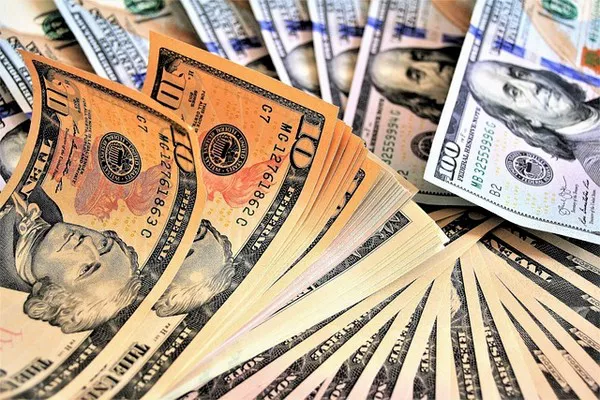In recent times, the strength of the U.S. dollar has been a notable topic of discussion in global financial circles. Market analysts, economists, and policymakers alike are keenly observing the factors contributing to the dollar’s robust performance against other major currencies. To understand this phenomenon, it’s essential to delve into several key drivers shaping the dollar’s strength and its implications on the broader economic landscape.
Historical Context
The U.S. dollar’s dominance as a global reserve currency is deeply rooted in history. Following World War II, the Bretton Woods Agreement established the dollar as the cornerstone of the international monetary system, with most major currencies pegged to the dollar. Although this pegging system collapsed in the early 1970s, the dollar retained its status as the primary currency for international trade and finance. Today, approximately 60% of all global foreign exchange reserves are held in dollars, highlighting its enduring role in the global economy .
Economic Fundamentals
Several underlying economic factors contribute to the dollar’s strength:
Interest Rates: The Federal Reserve’s monetary policy significantly influences the dollar’s value. Higher interest rates in the U.S. relative to other countries attract foreign investment, driving demand for the dollar. The Fed’s actions, such as interest rate hikes or cuts, can have profound effects on the dollar’s exchange rate.
Economic Growth: The U.S. economy’s relative strength compared to other major economies plays a crucial role. Robust economic growth, low unemployment, and stable inflation incentivize investors to allocate capital to the U.S., supporting the dollar.
Safe-Haven Status: During times of global economic uncertainty or geopolitical tension, investors often seek safe-haven assets. The dollar, backed by the stability of the U.S. economy and political system, is perceived as a safe harbor during turbulent times.
Trade Balance: The U.S. trade balance, particularly its trade deficit, impacts the dollar’s value. Persistent trade deficits can weaken the dollar as it reflects higher demand for foreign goods and services relative to U.S. exports.
Policy Factors
Government policies and geopolitical developments also influence the dollar’s strength:
Fiscal Policy: Government spending, tax policies, and budget deficits impact the dollar’s value. Expansionary fiscal policies, such as increased government spending or tax cuts, can stimulate economic growth but may also lead to a weaker dollar if not managed carefully.
Trade Policies: Trade agreements, tariffs, and trade negotiations affect currency valuations. Changes in trade policies can impact the demand for the dollar by altering international trade flows.
Global Political Developments: Geopolitical events, such as trade tensions, geopolitical conflicts, or major elections, can trigger fluctuations in currency markets. Uncertainty often leads investors to favor the stability of the dollar.
Impact on Global Markets
The dollar’s strength has far-reaching implications:
Export Competitiveness: A strong dollar makes U.S. exports more expensive for foreign buyers, potentially dampening export competitiveness and weighing on economic growth.
Capital Flows: Foreign investment flows into U.S. assets can impact domestic interest rates, stock markets, and bond yields. A prolonged influx of foreign capital can affect asset prices and market stability.
Commodity Prices: The dollar’s strength inversely correlates with commodity prices. A stronger dollar tends to suppress commodity prices, affecting global markets and commodity-exporting countries.
Outlook and Challenges
Looking ahead, several challenges and considerations shape the outlook for the dollar’s strength:
Interest Rate Policy: The Federal Reserve’s approach to monetary policy will remain a critical determinant of the dollar’s trajectory. Any shifts in interest rate expectations can lead to currency market volatility.
Global Economic Conditions: External factors, including economic performance in major trading partners and geopolitical developments, will continue to influence the dollar’s strength.
Policy Coordination: Coordination among major central banks and policymakers is essential to mitigate currency volatility and ensure stable global financial conditions.
Inflation Dynamics: Rising inflation in the U.S. could prompt the Fed to adjust its policy stance, impacting the dollar’s value.
SEE ALSO How Much Is A 1953 Series 2 Dollar Bill Worth
In conclusion, the dollar’s strength reflects a complex interplay of economic fundamentals, monetary policy dynamics, and global market conditions. While a strong dollar signals confidence in the U.S. economy, it also poses challenges for trade competitiveness and global financial stability. Continued monitoring of these factors is crucial for assessing the dollar’s future trajectory and its broader implications on the global economy.


